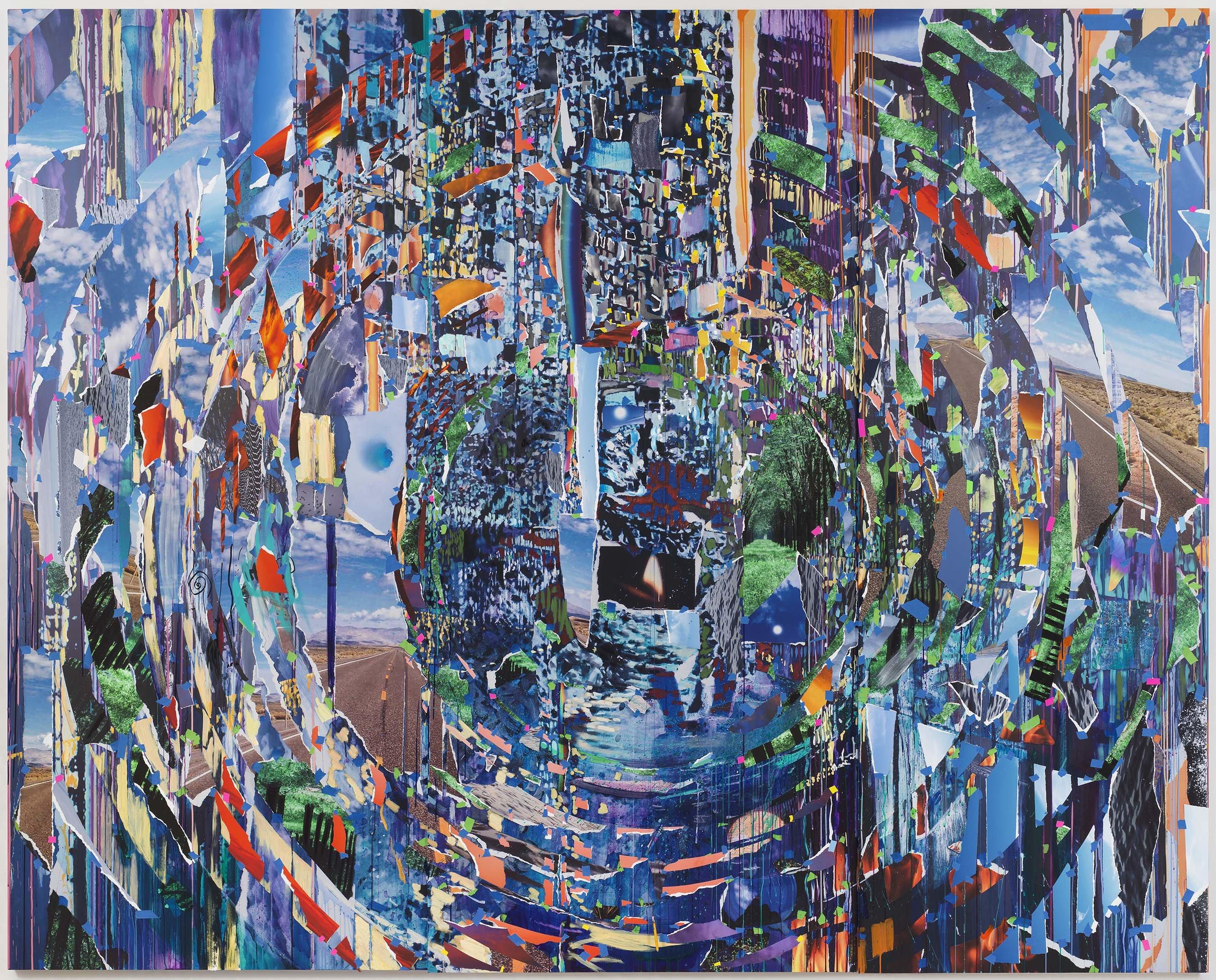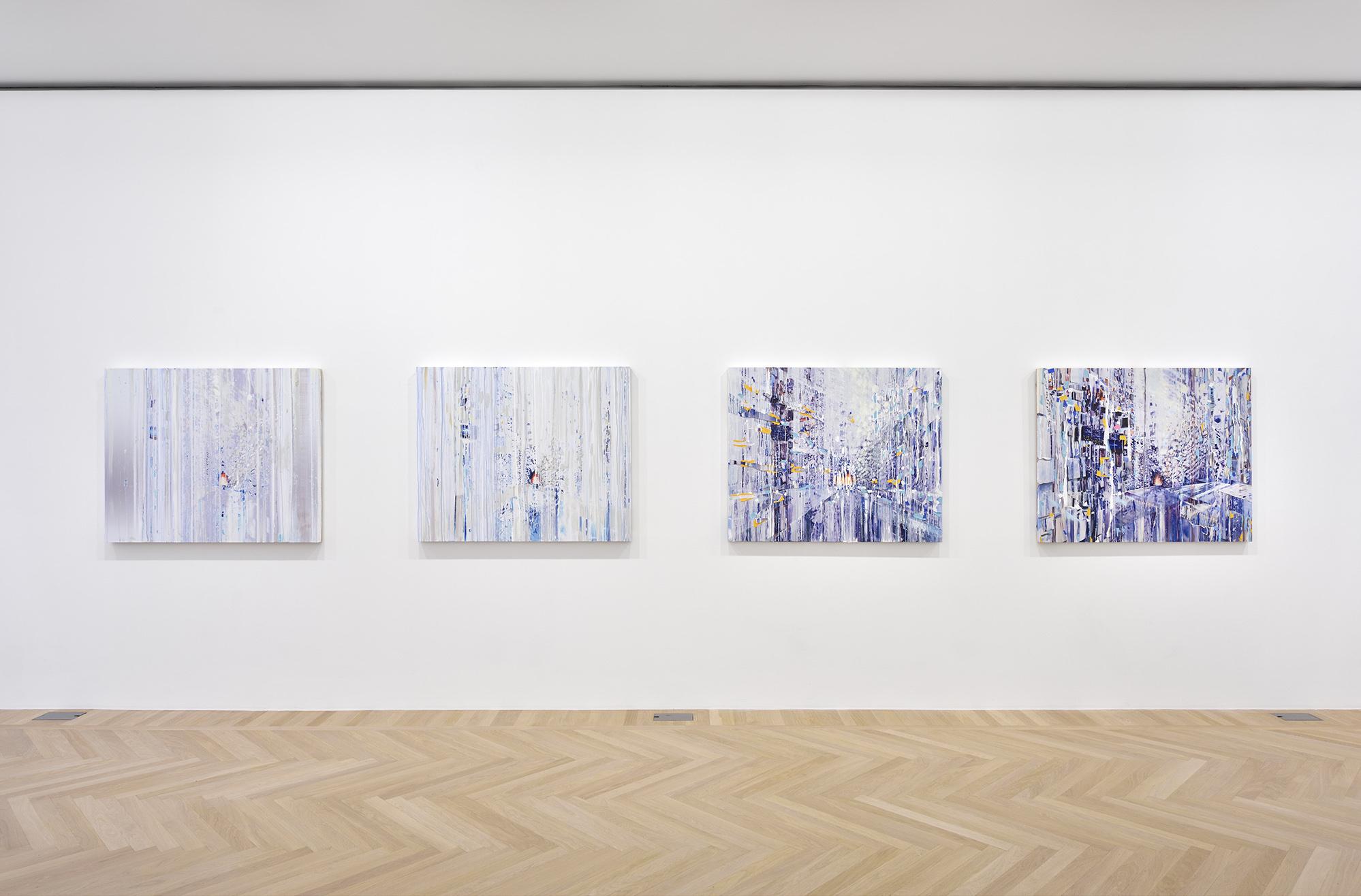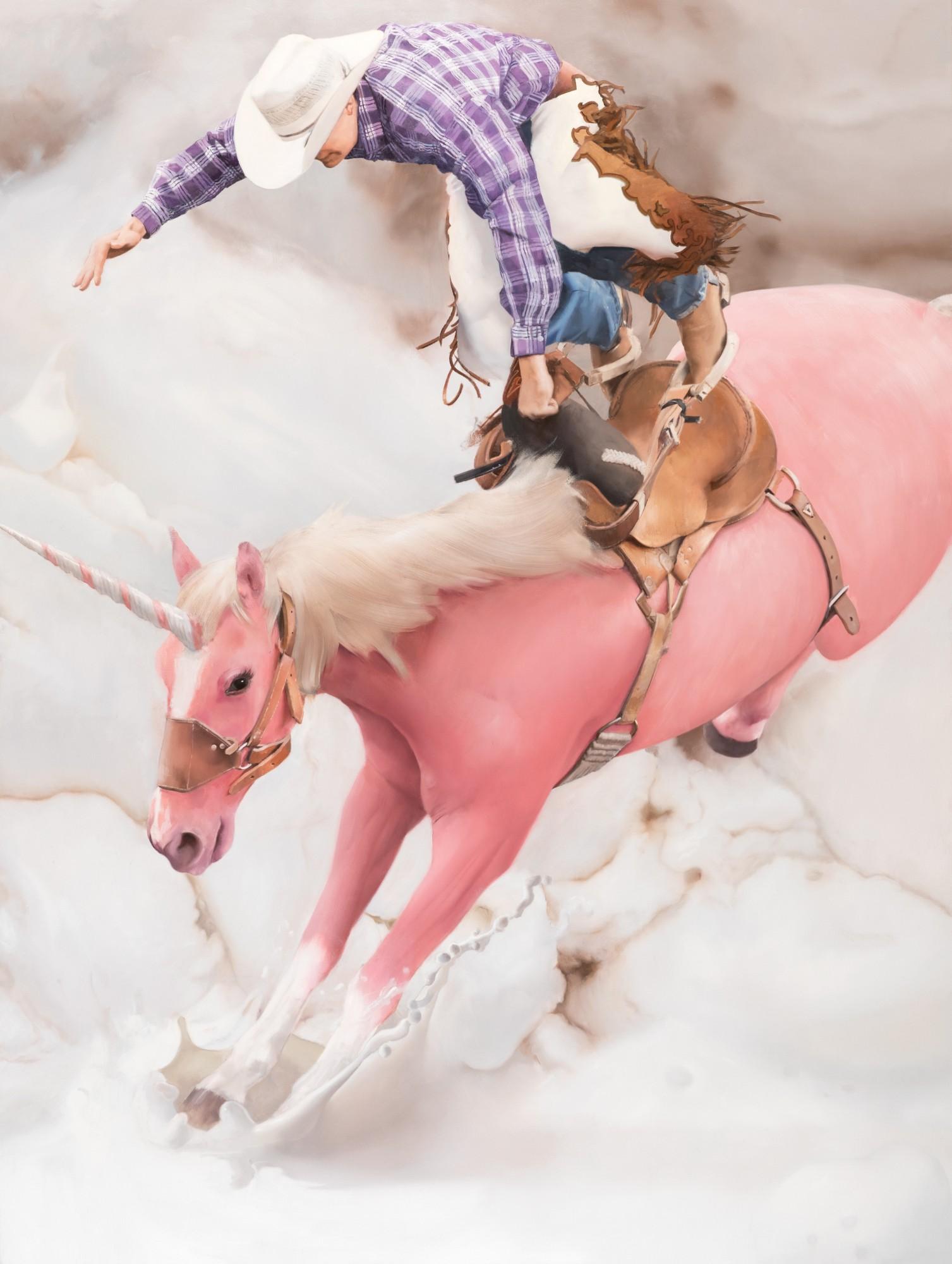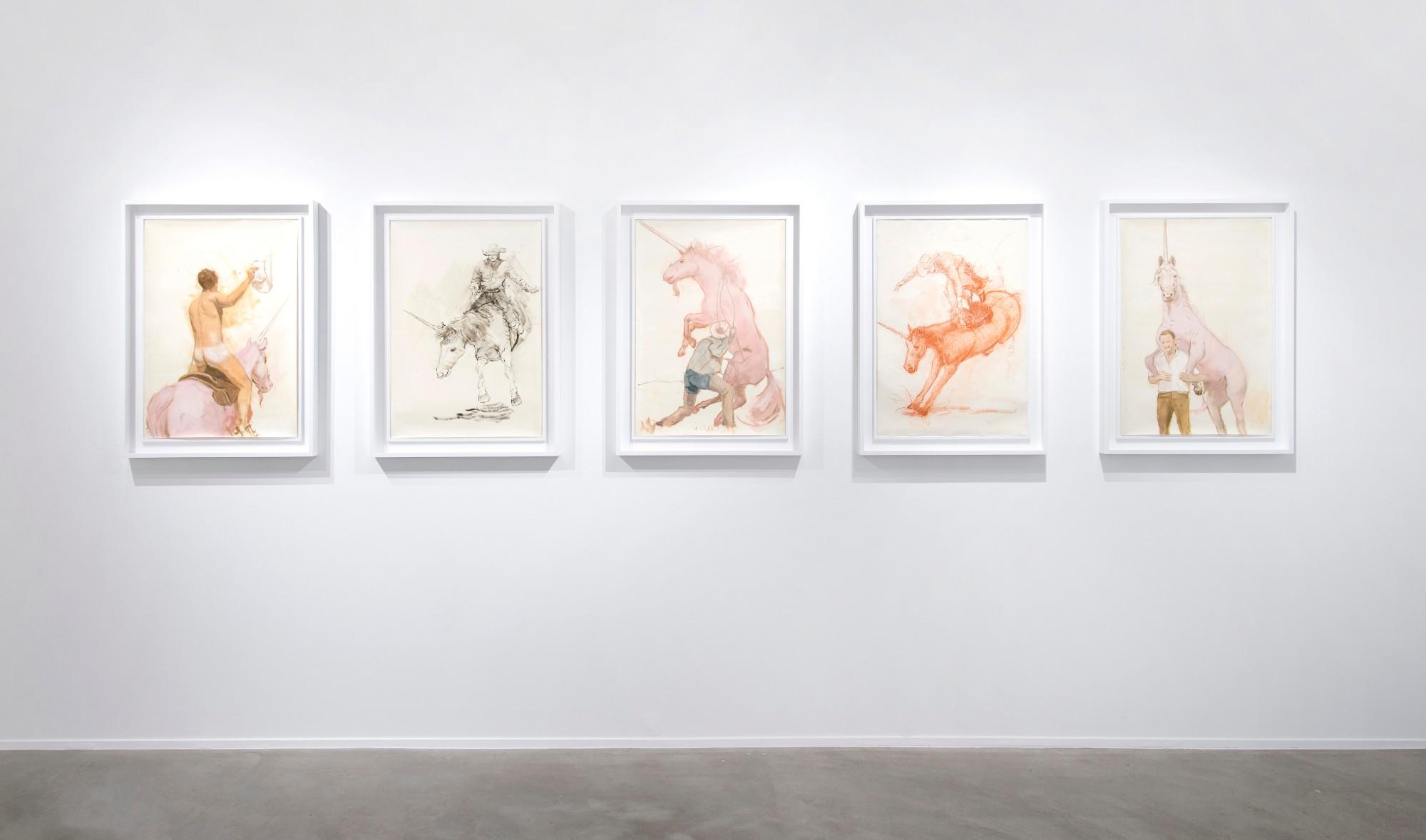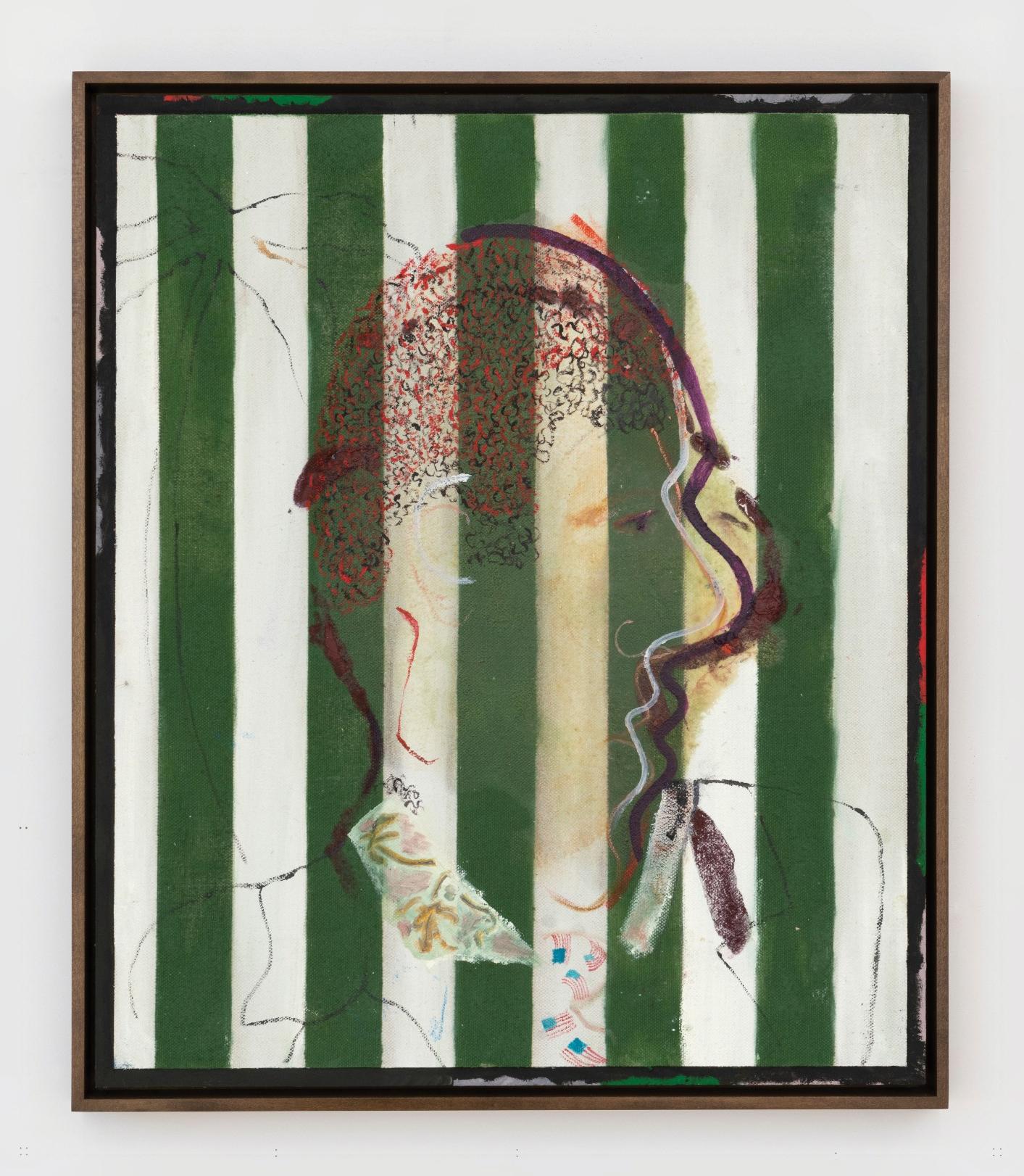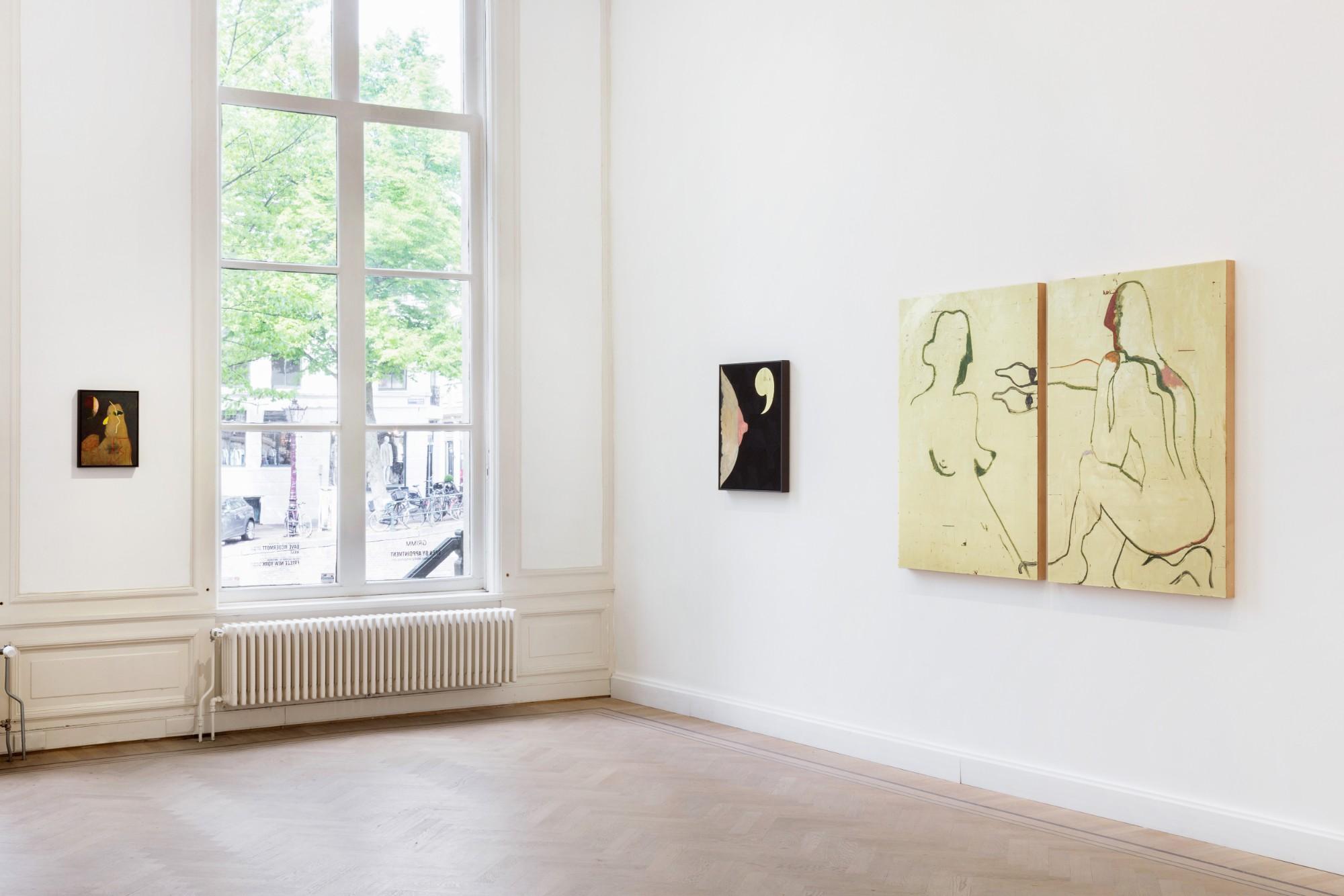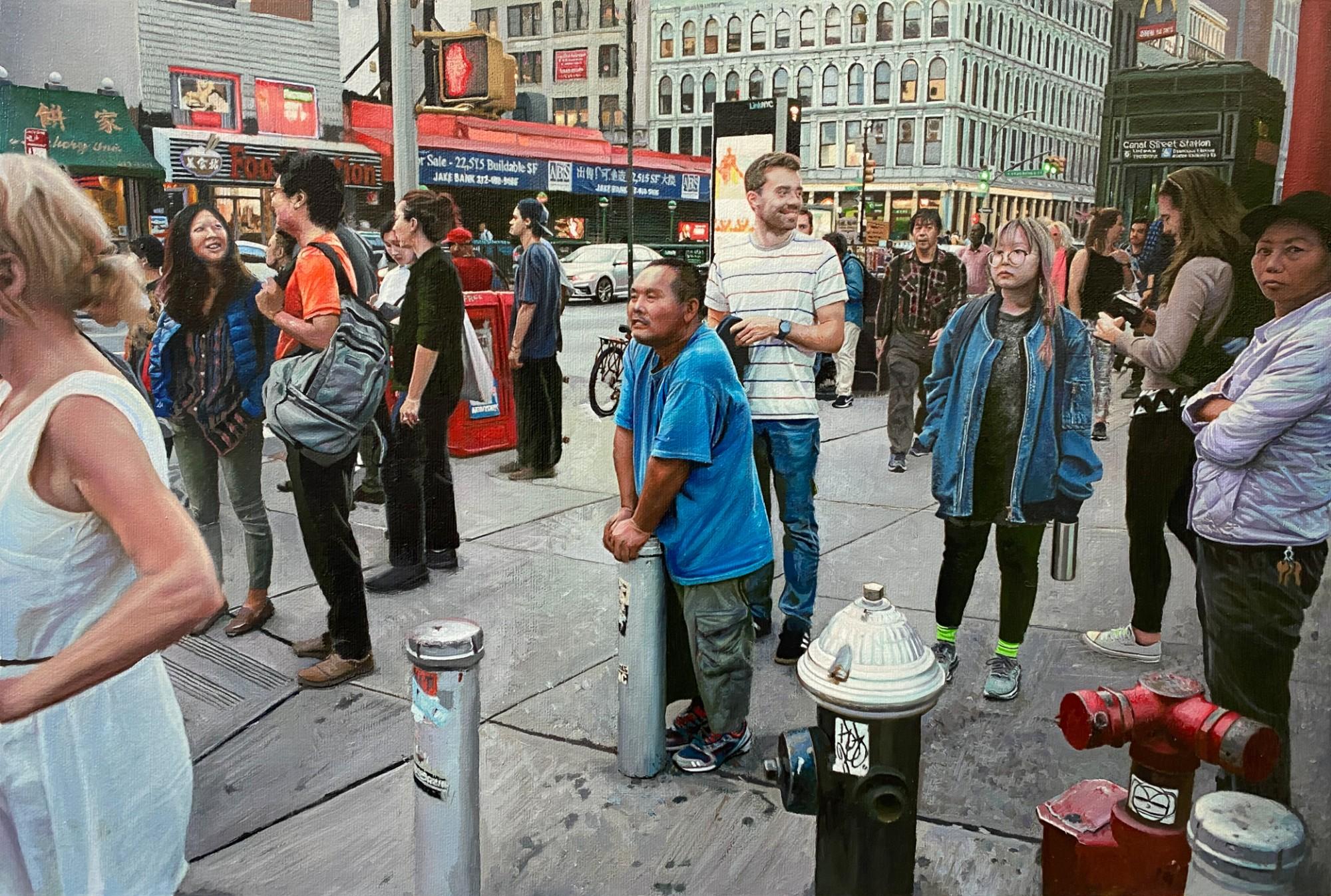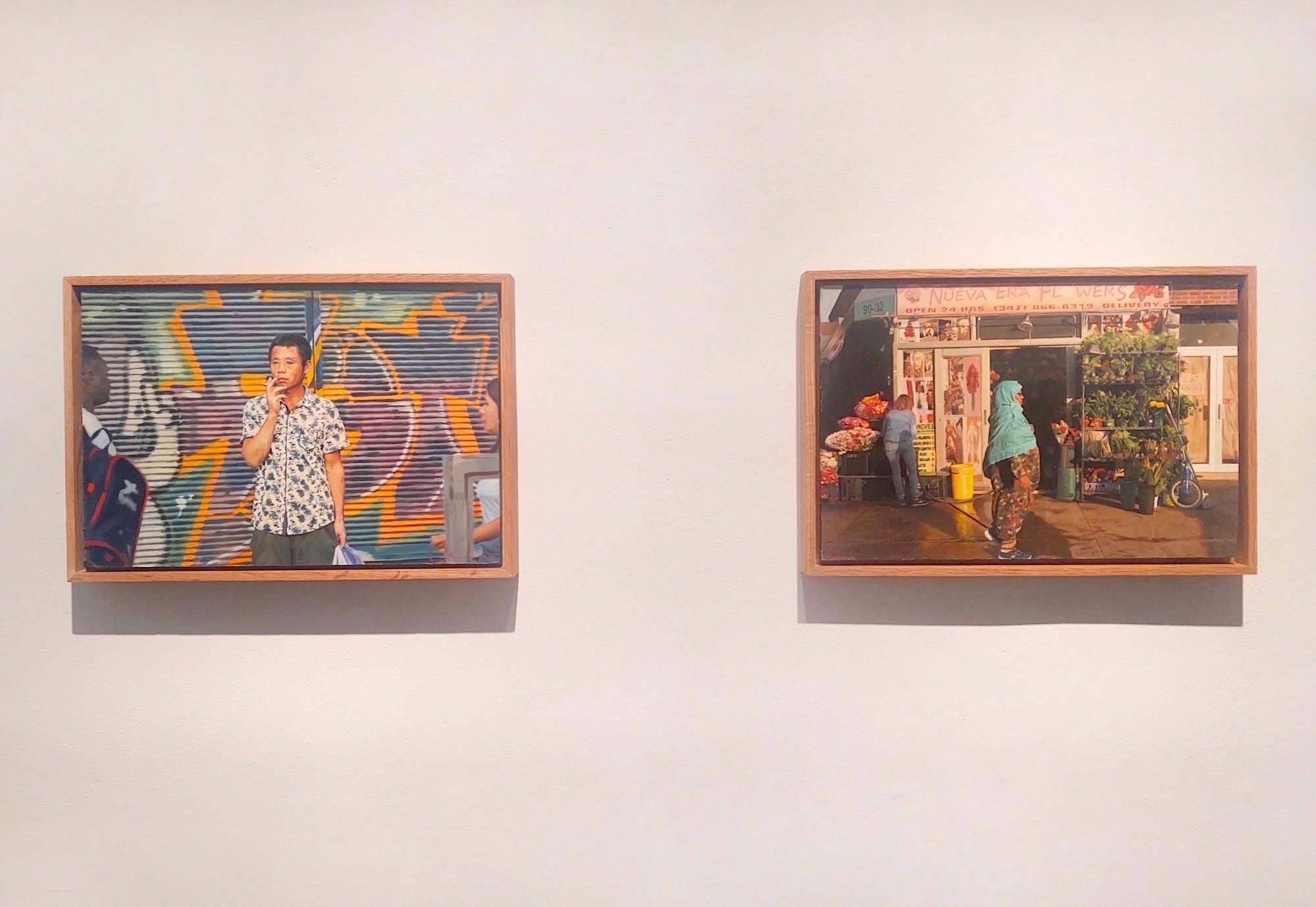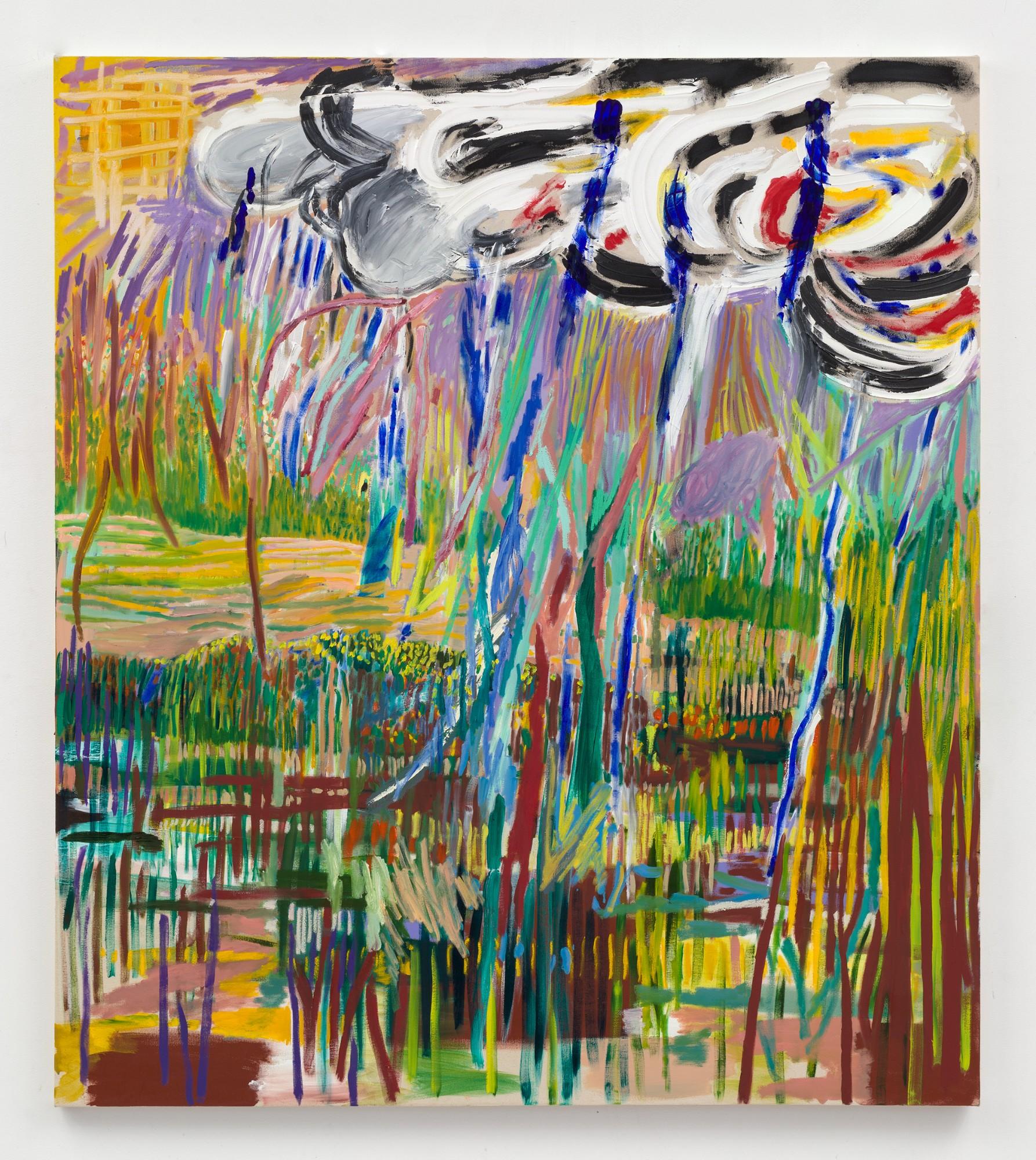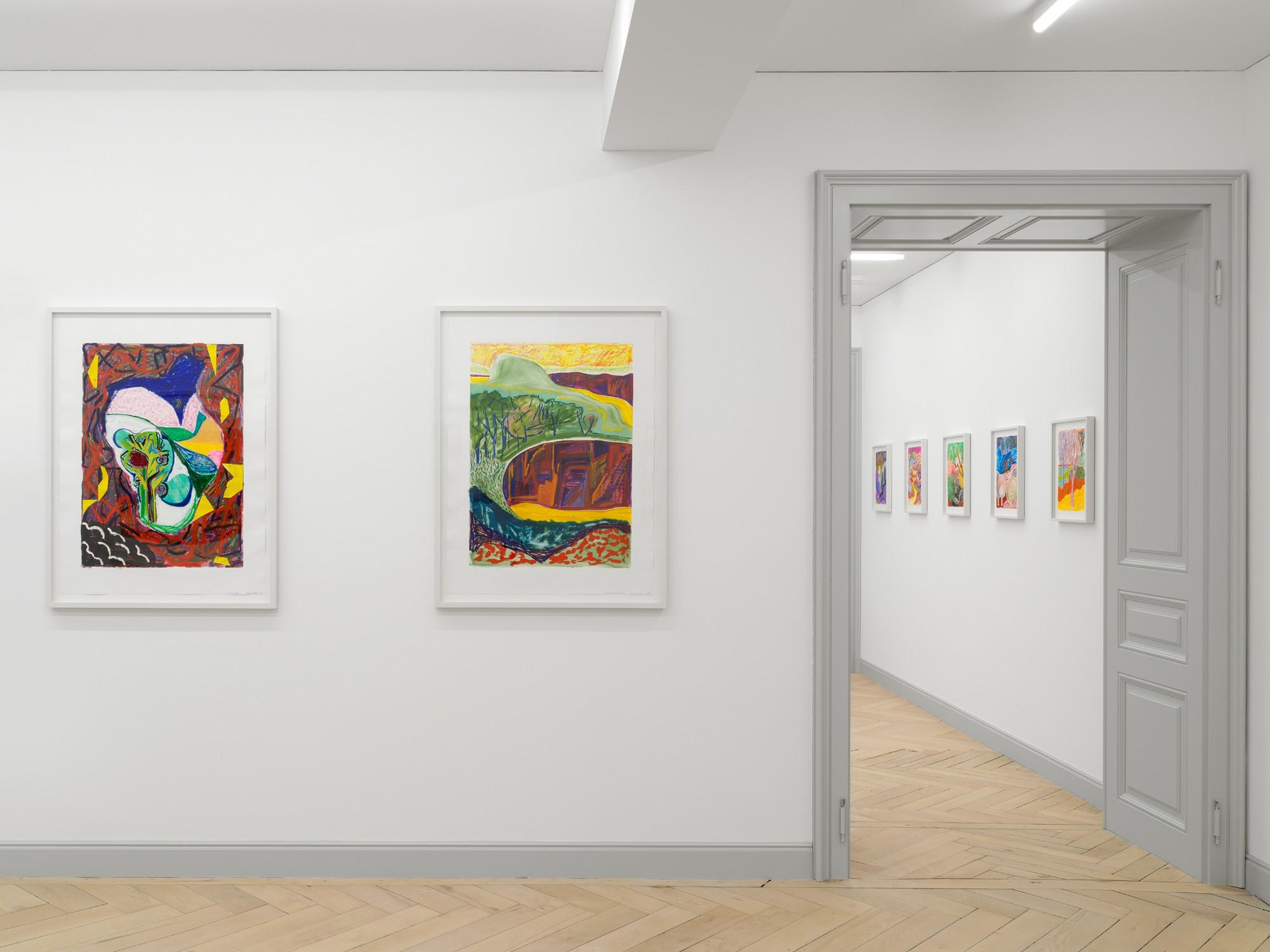Sarah Sze
Gagosian, Paris
May 23–July 18, 2020
After initially studying painting, Sarah Sze launched her career as a sculptor, but over the years she’s added photography, video, printmaking, painting, and installation art to her experimental process with an aim of bringing the studio directly into the gallery. A winner of the coveted MacArthur Genius Grant in 2003 and the United States’ representative in the 2013 Venice Biennale, Sze recently returned to her painterly roots in expansive solo shows at Gagosian Gallery in Rome and New York’s Tanya Bonakdar Gallery and now, more intimately, at Gagosian in Paris.
“I’ve always shifted between mediums as a way of discovering the infinite potential of a single idea, and of playing with the particular strengths of communication that different mediums possess,” she shared in a 2018 interview. “Though I started off studying painting and architecture, it was sculpture that really exploded the boundaries between painting, drawing, sculpture, and assemblage for me. I’ve been making paintings, drawings, and prints alongside my sculptural installations for years now, so it was exciting to bring the two-dimensional works into the center of my practice again.”
Visitors to the Paris show are greeted by the multimedia installation Plein Air (Times Zero). In a darkened gallery, bits of imagery are assembled on a network of metal rods, where drifting shapes of projected pictures connect and overlap during a looping orbit. The layered paintings in the rooms that follow energetically flatten the projected imagery into collapsed collaged canvases.




